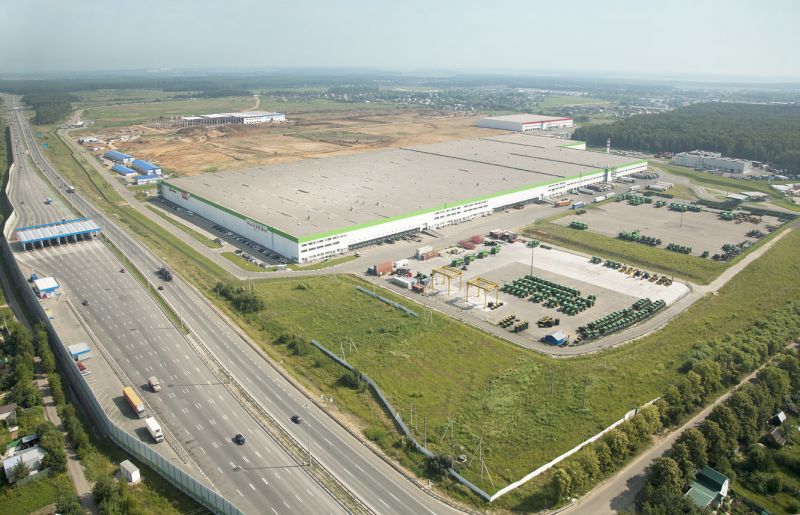An industrial park is a specialized production area, which is provided with everything necessary for carrying out activities, from energy resources to logistics. The park is managed by a specialized company. On the territory of the complex, activities are carried out by several enterprises that are not legally connected, but, as a rule, combined into a single value chain. The concepts of industrial and industrial park are identical.
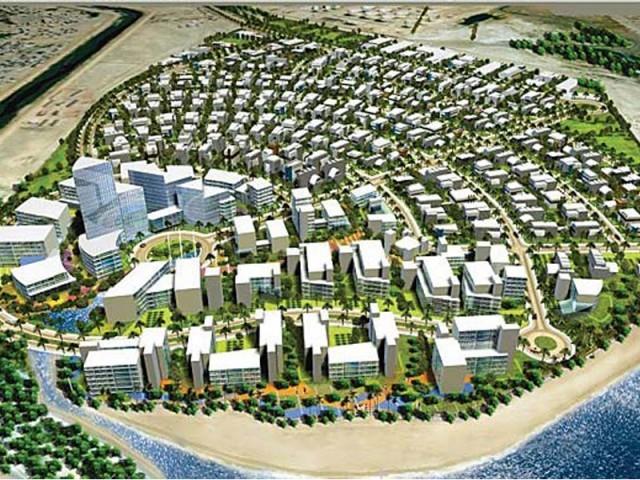
Technopark
Another third term is often used in our country, but it is not synonymous with an industrial park. This is the term “technopark”, which is also a property complex, but with a predominance of innovative dominance. The technology park combines not only industrial and manufacturing enterprises, but also research institutes, exhibitions, business centers and educational institutions. The main idea of such a complex is to combine in one territory enterprises and institutions that carry out their detail in one common profile. For example, a chemical technology park may have several enterprises, educational institutions and a research laboratory, most importantly, that they work in one direction.
Signs of an industrial park
Signs of an industrial cluster:
- availability of land with appropriate intended use;
- special real estate objects, i.e. production facilities;
- full engineering infrastructure with sufficient electric power, gas and sewage;
- Management Company;
- agreed legal conditions for carrying out entrepreneurial activity, that is, permits from firefighters, environmental services and others.
There is one more sign - competitive. This refers to the geographical attractiveness of the complex, the presence of integrated modes of transport (water, rail, road and air). This also includes the opportunity in the future to expand the area or increase the capacity of energy resources. An important competitive factor is the proximity of housing and social infrastructure, the ability of residents of the industrial park to undergo a simplified licensing procedure.

Classification
To date, the classification that came to our country from Western European countries is used. There are two types of industrial clusters:
-
Greenfield (greenfield). By and large, these are industrial land plots without non-residential property. The construction of industrial parks in this case is carried out by a contractor, taking into account the individual needs of the customer, the future resident. Today, about 70% of the parks in our country are assigned to this category.
-
Brownfield This category of industrial parks implies that production facilities have already been built on the territory of the complex, and the management company simply sells them to residents. As a rule, complexes of this type are located in previously existing factory territories.
There is a third category. Complexes of this type occupy an intermediate position between the greenfield and brownfield categories. In short, vacant land is partially sold or leased, and ready-made production areas are immediately sold.
For a quick start and a small business, the Brownfield category is suitable.At the same time, complexes in old industrial areas are more expensive to maintain, although they do not require the development of a project, construction work and the laying of utilities. This type of park is found in the industrial areas of the city.
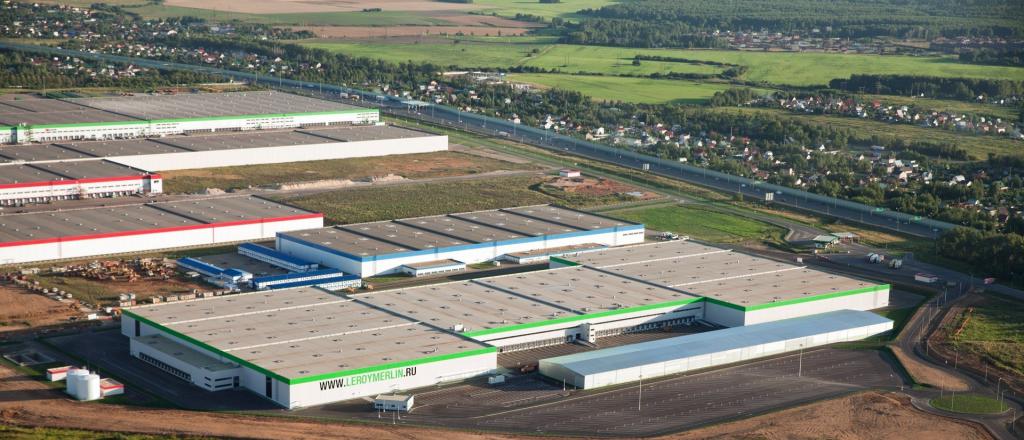
Mastermind
The English financier Ernest Thera Hooli back in 1896 acquired a land area of 10 hectares. It was located along the Manchester Sea Canal. The financier provided the site with all the necessary communications and began to lease production facilities. Later Ernest began to sell enterprises. Thus the first industrial park appeared. This complex was called Trafford Park.
Further development
In 1910, the founder of the Ford company located in this territory his first factory in Europe. After some 10 years, more than 300 American enterprises have acted in the same way as Henry Ford.
In the world, the concept of an industrial cluster began to be actively applied in the 60s of the last century. In our country, such complexes have been built for 20 years, however, most of the parks were literally built in the open field, and the existing abandoned enterprises are still closed.
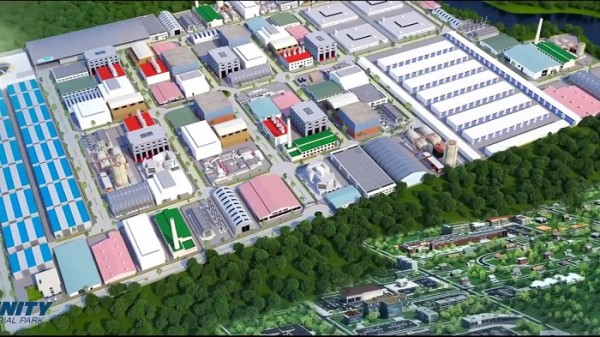
Complex management models
Despite the fact that in the Russian Federation there are no clear legislative norms, certain rules have already been developed that are based on world practice. To date, there are three models for managing the industrial complex:
- The complex has a management company that not only rents or sells space, but also provides additional services. This may be a specially hired organization created to provide the service, or the owner himself.
- In small industrial clusters, as a rule, there is no management company, and the owners or tenants of enterprises do everything independently.
- The park can provide services to the so-called anchor investor.
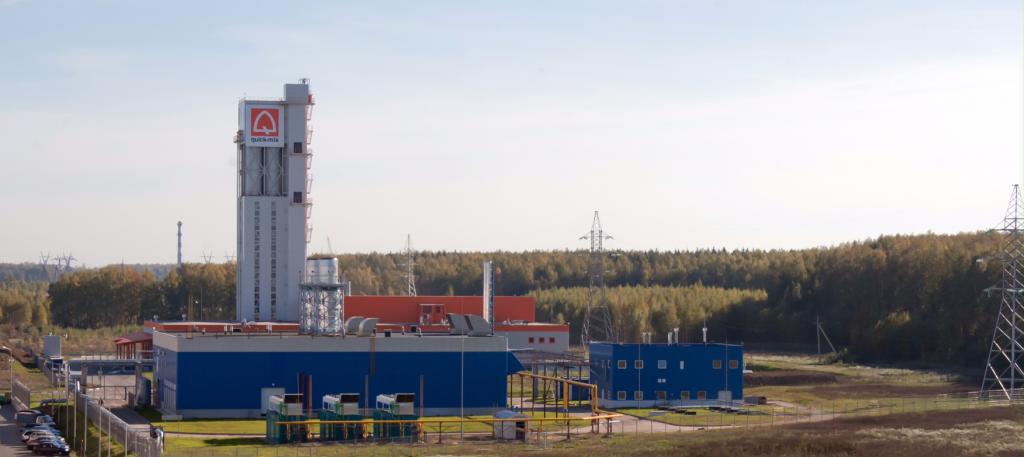
Fleet management
Typical services of a management company include:
| energy saving | this service involves not only the supply and supply of gas, light and water, telecommunications services, but also the provision of, for example, compressed air, hydrogen or nitrogen, refrigerant and other services |
| recycling | the biggest problem is the destruction of not domestic and industrial waste, but with toxic waste and industrial waste |
| intra-park logistics | the service involves the maintenance of warehouses, the reception and dispatch of goods, the weighing and handling of dangerous goods. Domestic transport by road or by rail |
| operational services | in this category ordinary building and equipment maintenance services may be provided. A number of parks even have their own fire services and security companies. This may include information services or telecommunications services. |
In large parks, especially those working in the chemical industry, public relations services can be provided with an emergency management system in place.
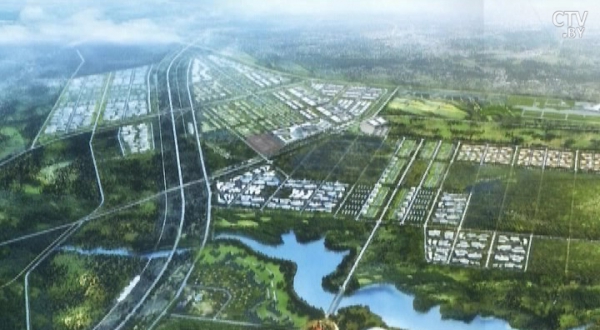
Sino-Belarusian miracle
In 2012, an international agreement was signed between China and Belarus to create a special economic area - this is how the Great Stone industrial park appeared. The complex is located 25 kilometers from Minsk and occupies 91.5 km2. The proximity to the international airport, rail and road makes the park quite attractive.
In 2014, the name of the Great Stone industrial park was changed, it began to be called "Chinese" at the same time as the start of construction work.
In the park, not only industrial buildings are being built, but also office and residential areas. The construction of research and retail and entertainment centers, financial institutions.In its concept, the park is more reminiscent of a modern eco-city, where the main emphasis is on innovative technologies.
As residents, companies from all over the world are invited. A favorable investment climate has been created on the territory of the Belarusian-Chinese industrial park, backed by Belarusian legislation and international agreements.
In June last year, the first phase of the construction of the complex was introduced, the total investment amounted to 120 million US dollars. The first company to start building its production facilities in 2015 is China Merchants Group. The total project construction period is 30 years. It is estimated that around 120,000 employees will work in the park.
The main directions of this industrial park:
- electronics manufacturing;
- production of biomedical products;
- engineering;
- fine chemicals;
- innovative materials and products.
The main sales markets are the countries of the European Union and the CIS.
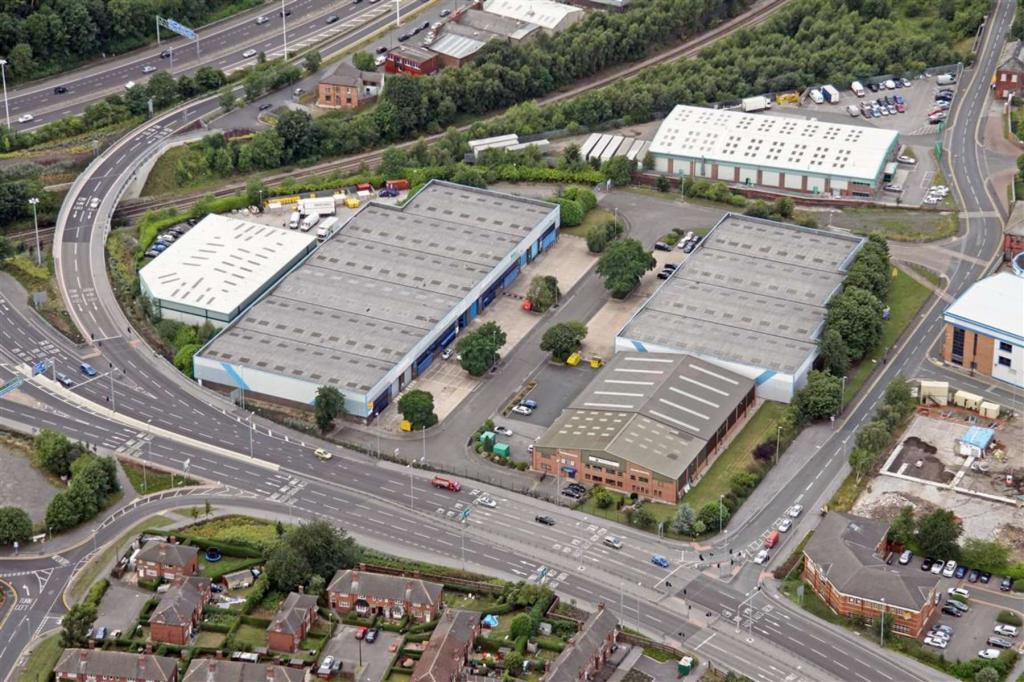
Other examples of complexes
Last year, the company LLC Industrial Park GUKOVO was registered. The complex is located in the Rostov region in the city of Gukovo. The main advantage of the cluster is preferences at the state level in the form of a 0% tax rate on income, property and land. Reduced rates for insurance premiums of 7.6% are foreseen. The anchor enterprise of the complex is the Titan machine-building enterprise, therefore, preference is given to suppliers of spare parts and assemblies for trucks, trailers and semi-trailers.
In 2008, a similar complex “Severny” was opened in the north of Belgorod with a total area of 24 hectares. The complex can accommodate 30 enterprises.
To date, the Association of Industrial Parks of Russia consists of 128 legal entities that represent 89 complexes, so entrepreneurs have plenty to choose from.
